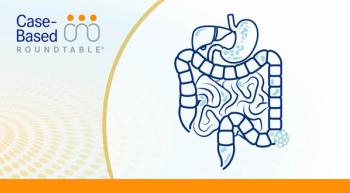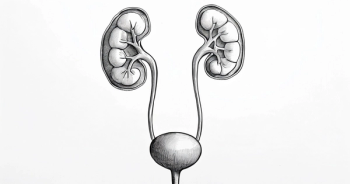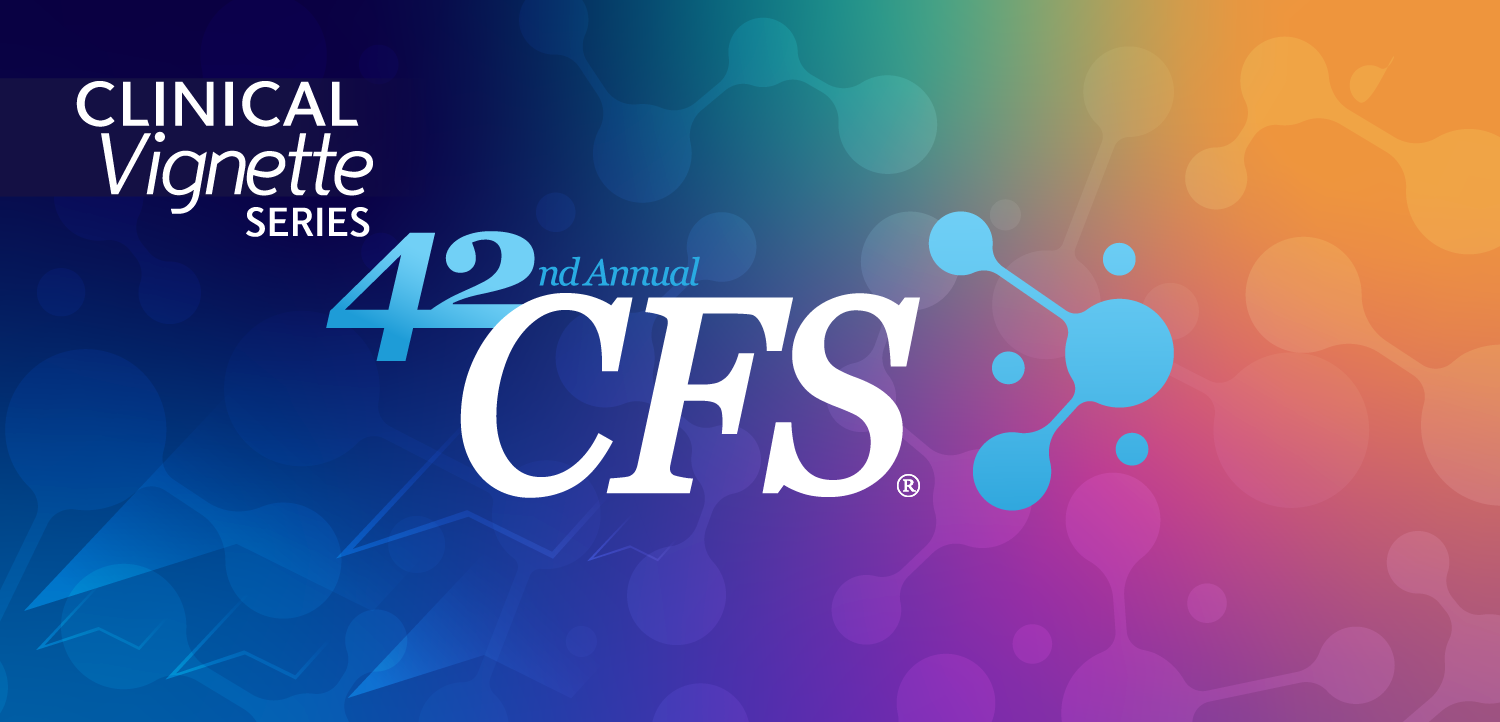
CRISTALLO Study of Venetoclax/Obinutuzumab Achieves Superior MRD in CLL
The CRISTALLO trial showed that venetoclax plus obinutuzumab achieved high minimal residual disease negativity as a frontline chronic lymphocytic leukemia therapy.
The combination of venetoclax (Venclexta) and obinutuzumab (Gazyva) achieved significantly higher rates of undetectable minimal residual disease (MRD) compared with fludarabine, cyclophosphamide, and rituximab (FCR) or bendamustine plus rituximab (BR) when used for the treatment of patients with treatment-naive chronic lymphocytic leukemia (CLL) without 17p deletions or TP53 mutations, according to data from the phase 3 CRISTALLO trial (NCT04285567).1
At month 15, 81.3% of patients in the venetoclax and obinutuzumab arm achieved undetectable MRD at a sensitivity of <10⁻⁴ in peripheral blood, significantly surpassing the 54.7% rate observed in the FCR/BR cohort (P = .0004). The depth of response extended to higher-sensitivity MRD thresholds of 10⁻⁵ and 10⁻⁶, with clearance rates of 76.3% and 63.8%, respectively, in the venetoclax-obinutuzumab group, compared with 43.0% and 22.1% in the FCR/BR cohort of patients.
At end-of-treatment, MRD negativity rates in peripheral blood and bone marrow were 81.3% and 70.0% in the venetoclax-obinutuzumab arm, compared with 60.5% (P = .0053) and 38.4% (P < .0001) in the FCR/BR arm. Due to hierarchical testing procedures, statistical significance could not be determined for these end-of-treatment results.
Study Design and Patient Population
CRISTALLO was an open-label, international, randomized trial enrolling previously untreated patients with CLL requiring systemic therapy.2 Eligibility criteria included a CIRS score ≤6 and creatinine clearance ≥70 mL/min, with exclusion of 17p deletions or TP53 mutations. Patients were stratified by Binet stage, IGHV mutation status, and age.1
Participants were randomized 1:1 to receive either:
- Venetoclax (12 cycles, with a 5-week ramp-up to 400 mg daily) plus obinutuzumab (6 cycles), followed by venetoclax monotherapy for an additional 6 cycles.
- FCR (6 cycles) or BR (6 cycles) as the control arm.
The primary end point of the trial was undetectable MRD in peripheral blood at month 15. Secondary end points included progression-free survival (PFS), MRD in bone marrow, overall response rate (ORR), duration of response (DOR), and overall survival (OS). Exploratory end points included deeper MRD thresholds.
The median age of those enrolled was 62.0 years in the venetoclax and obinutuzumab cohort and 61.0 years in the FCR/BR cohort. Most patients were male (68%), had mutated IGHV (56%), and presented with Binet stage B disease (52%). The majority were classified as medium risk for tumor lysis syndrome (TLS; 61%).
Treatment adherence was high, with 83.8% of patients in the venetoclax-obinutuzumab arm completing all 12 cycles of venetoclax, and 75.6% of patients in the FCR/BR arm completing all 6 cycles.
Additional Efficacy and Safety Data
PFS and OS data remain immature. At data cutoff, the 2-year PFS rates were 95.7% for the venetoclax/obinutuzumab arm vs 90.4% for the FCR/BR group. However, the difference was not statistically significant (HR, 0.49; 95% CI, 0.2-1.3; P = .13). OS was also comparable, with median OS not yet reached in either group.
Adverse events (AEs) were consistent with known safety profiles of each drug. Infusion-related reactions were seen in 70.1% of patients in the venetoclax/obinutuzumab arm vs 42.4% in the FCR/BR arm. COVID-19 infections were seen in 45.5% vs 35.3%, thrombocytopenia in 39.0% vs 21.2%, diarrhea in 35.1% vs 12.9%, and nausea in 20.8% vs 40.0%, of patients in each arm, respectively.
Laboratory TLS occurred in 10.4% of patients receiving venetoclax and obinutuzumab vs 2.4% in the FCR/BR group, but no cases of clinical TLS were reported. All TLS events occurred during obinutuzumab debulking before venetoclax initiation.
The findings from this research align with results from the
REFERENCES
Sharman JP, Laurenti L, Ferrant E, et al. CRISTALLO: results from a phase III trial of venetoclax-obinutuzumab versus fludarabine, cyclophosphamide and rituximab or bendamustine-rituximab in patients with untreated chronic lymphocytic leukemia without del(17p) or TP53 mutations. Blood. 2024;144(supp 1):3237. doi:10.1182/blood-2024-200632.
A study to compare the efficacy and safety of a combined regimen of venetoclax and obinutuzumab versus fludarabine, cyclophosphamide, and rituximab (FCR)/ bendamustine and rituximab (BR) in FIT patients with previously untreated chronic lymphocytic leukemia (CLL) without DEL (17P) or TP53 mutation (CRISTALLO). ClinicalTrials.gov. Updated January 13, 2025. Accessed February 11, 2025. https://clinicaltrials.gov/study/NCT04285567








































